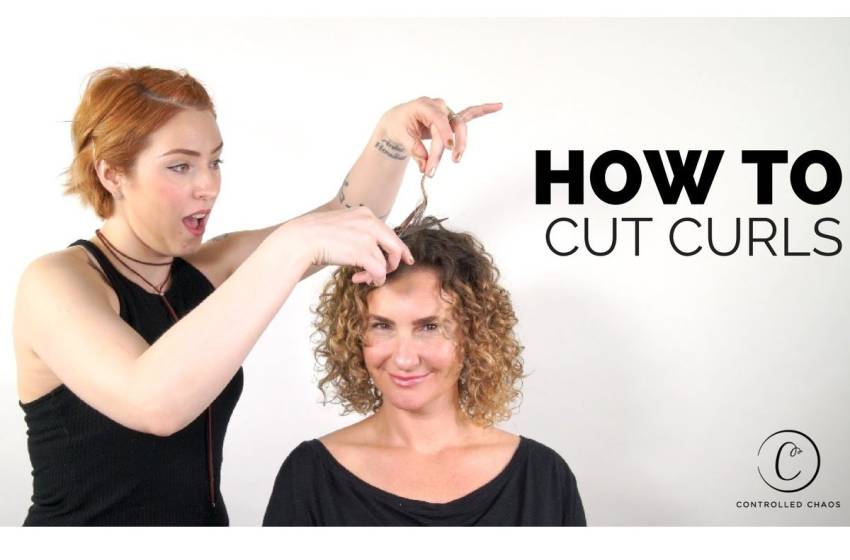
How to Cut Curly Hair
Table of Contents
How to Cut Curly Hair
People are excited about maintaining their status and lifestyle in this trending world. Saloons and parlor spas are very common nowadays. As per public demand, many machines have been invented for haircuts and styles. Therefore, cutting curly hair requires a different approach than cutting straight hair; many people acquire professionalism in hairstyling. We can have many YouTube tutorials for every hair technique, as curls have a natural bounce and shrinkage that can affect the final look. The proper techniques can enhance curl definition, maintain volume, and prevent excessive frizz. Whether trimming your curls or cutting someone else’s, following a few essential steps can help you achieve a well-shaped and stylish look.
Preparation To Cut Curly Hair
- Start with Dry or Damp Hair: Cutting curly hair when dry or slightly damp ensures you see the natural curl pattern. Wet hair stretches, which can lead to a shorter-than-expected cut once dry.
- Use Sharp Scissors: Professional hair-cutting shears provide a clean cut and prevent split ends.
- Section the Hair: Split the hair into small sections to make it easier to work with and to maintain an even shape.
Cutting Techniques of Curly Hair
- The Twist and Trim Method: Twist small sections of hair and trim the ends to remove split ends without disrupting the curl pattern.
- Point Cutting: Instead of cutting straight across, use the tip of the scissors to snip into the ends, creating a more natural, blended look.
- DevaCut Method: This technique involves cutting each curl individually while the hair is dry to enhance the shape and movement of the curls.
- Layering for Volume: Adding layers prevents a bulky look and helps define the curls by reducing weight in certain areas.
Different Types of Haircuts for Curly Hair
- DevaCut: A dry-cutting technique that enhances the natural curl pattern by cutting each curl individually.
- Curly Bob: A short, rounded style that frames the face and works well with loose to tight curls.
- Layered Cut: Helps remove bulk and add volume, making curls more defined and bouncy.
- Pixie Cut: A short, stylish look works best for tighter curls and adds volume to the crown.
- Shag Cut: A textured cut with layers that enhance movement and reduce heaviness.
- Tapered Cut: A stylish option for tighter curls, with shorter hair at the sides and back while leaving volume on top.
- Long Layers: An excellent option for those who want to keep length while adding shape and dimension to curls.
- Shoulder-Length Cut: A versatile cut allows curls to frame the face while maintaining volume and bounce.
Post-Cut Care
- Hydrate the Hair: Use leave-in conditioners and curl-enhancing products to keep curls soft and manageable.
- Avoid Heat Styling: Minimize using heat tools to maintain the health of the curls.
- Regular Maintenance: Trim curly hair every 8-12 weeks to prevent split ends and keep the shape intact.
Cutting curly hair can be a simple and rewarding process, enhancing curls’ natural beauty and movement using the proper techniques and tools.


